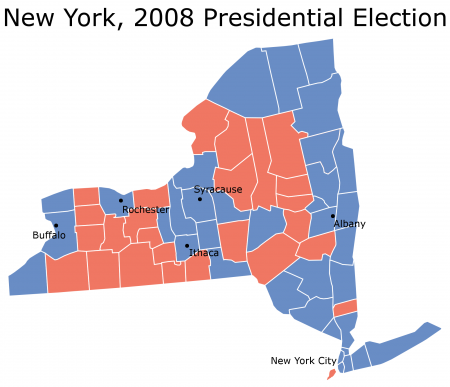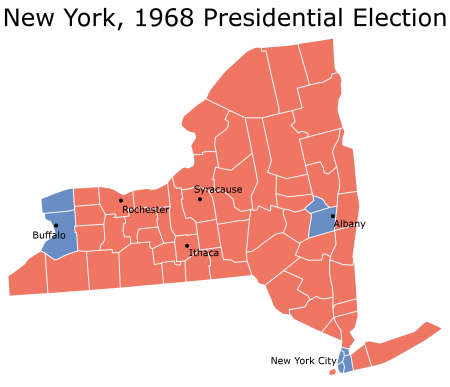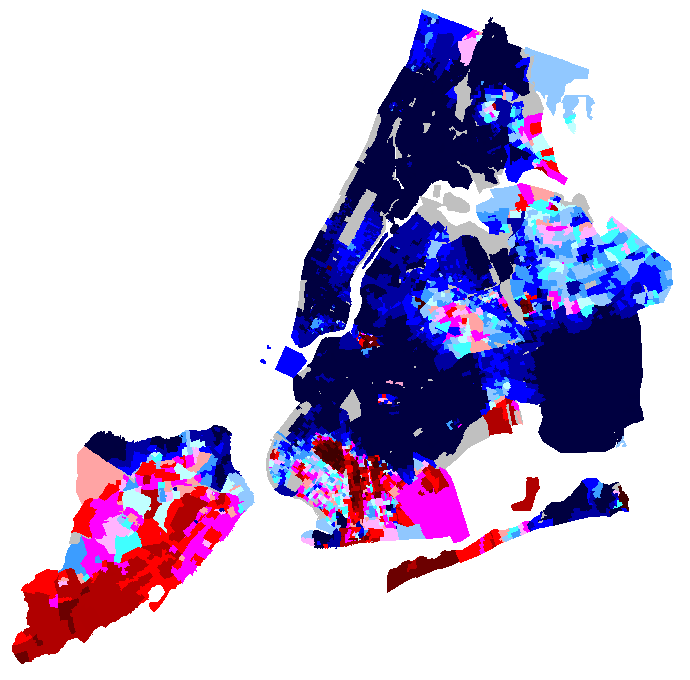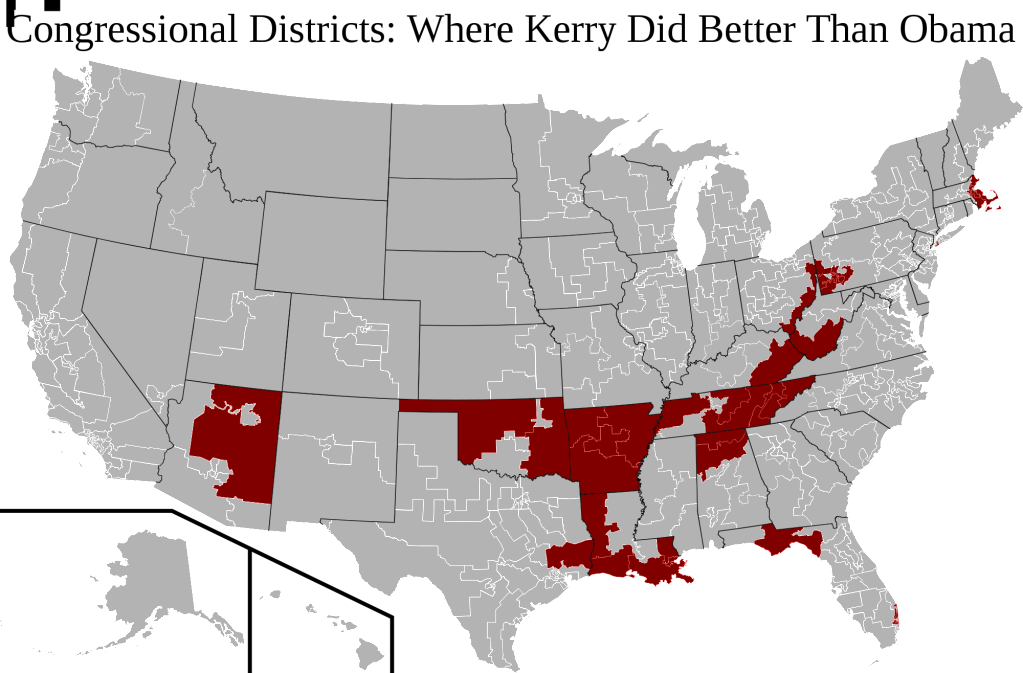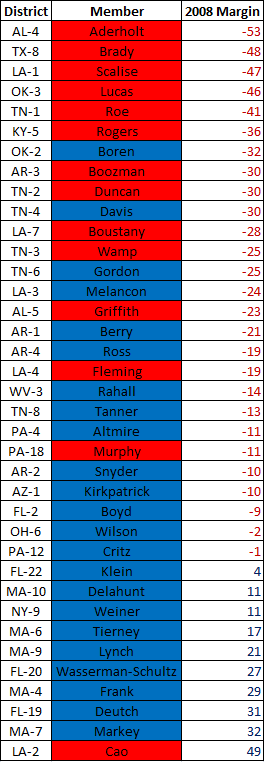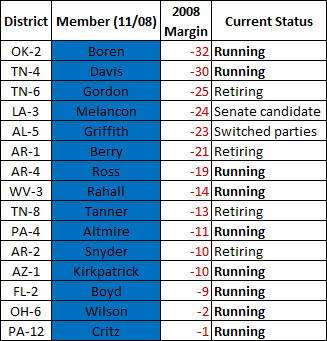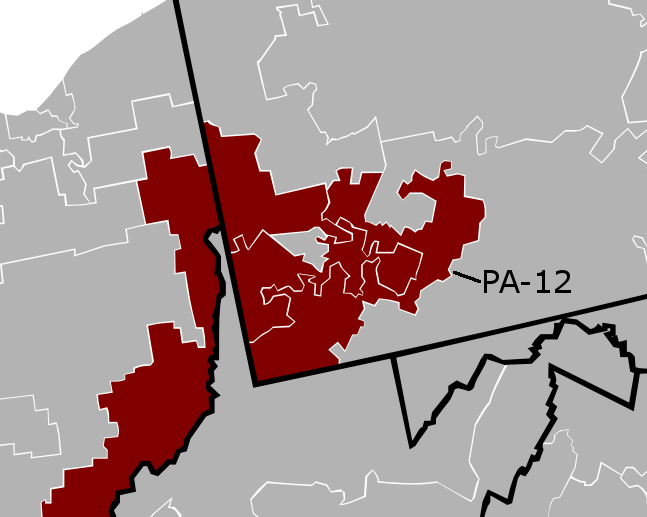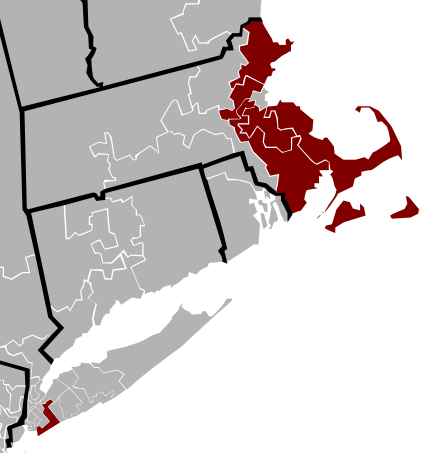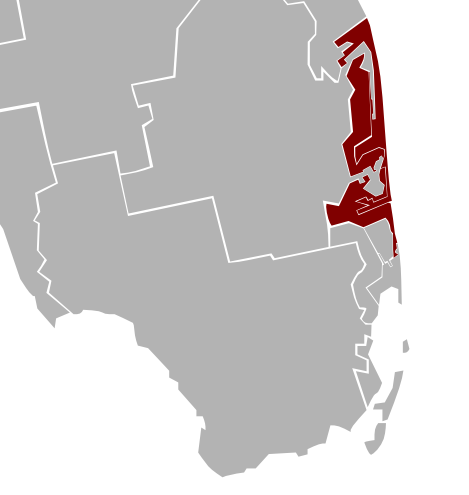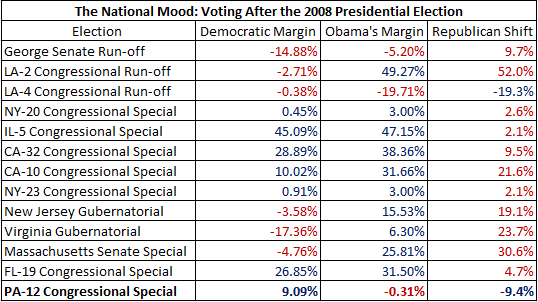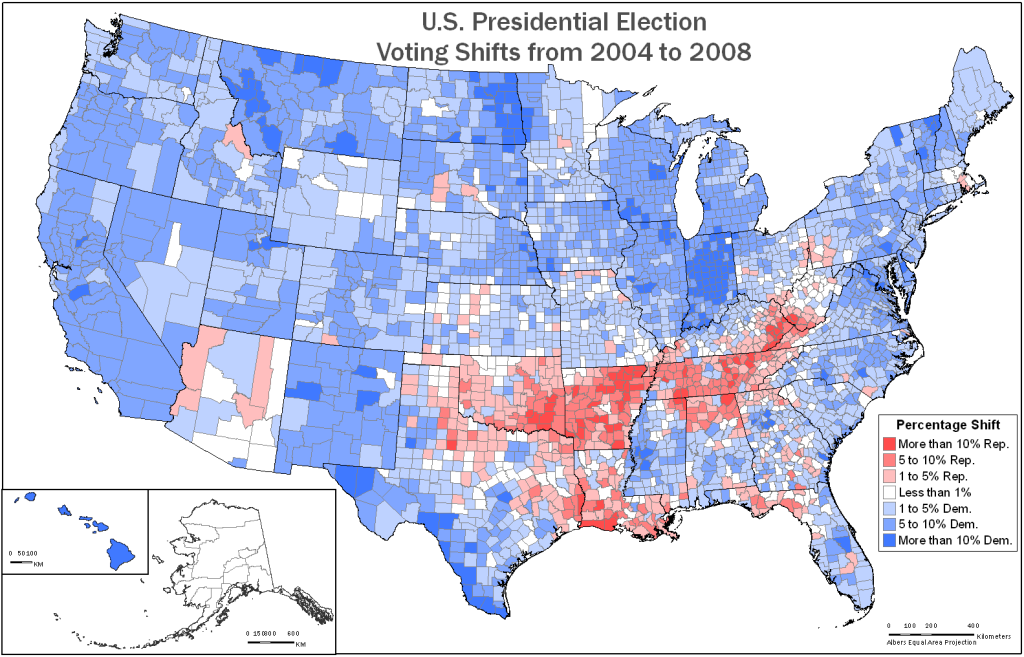These are the dog days of summer as far as politics go, when the polls are many but the insight they offer is fleeting, because it’s too damn early to know anything, and when campaigns are coming up with their grand strategies that will unleash victory once people start paying attention, which right now, they mostly aren’t.
Nonetheless, I thought it might be instructive to chronicle what I think political junkies should be paying attention to right now, seperating the wheat from the chaff. This is my opinion and by no means comprehensive, so give your own thoughts on this as well.
Right now, the year is battling between 1994 (an all out disaster for the governing Democratic party) and 1982 (where the losses were small and manageable for the ruling Republicans). I don’t see much of a sign it’s going to be 2002 (where the dominant Republicans actually picked up seats), but who knows. Anything can happen in the next three months.
So here’s what I’m paying attention to:
Unemployment: Not the weekly unemployment numbers, which can fluctuate, but the monthly unemployment reports. We have two of these coming out before Labor Day, and while both are important the September 3rd one will set the narrative for the remainder of the fall. I think we will see some growth in jobs and a either a small fall or rise in the unemployment rate, which will not be good news for the Dems, but not the worst news either. If job creation goes negative for either month, however, or their is a more than 3 percent rise in unemployment, it’s very bad news for the Dems. Conversely, a big rise in job creation or drop in unemployment could mitigate some losses for Dems in November. Keep in mind that while unemployment didn’t seem to matter in 1982 or 1994 in predicting election results, there are reasons to expect it might play a more outsize role in the coming election (in 1982, Reagan had began to tame inflation, which made people feel better about the rise in unemployment, and 1994 was more about Clinton’s failed health care plan, his stance on gun control and perceived mistakes then the economy).
Obama’s approval rating: Obama is right now about where Clinton was at this time in 1994 and Reagan in 1982 (Reagan actually may have been slightly less popular). Clinton dropped further, of course, and the result was a disaster for Democrats. Conversely, Reagan also dropped throughout 1982, and the results were not a catastrophe for the Republicans. What was the difference? I think it was this: while Reagan was not popular in 1982, he was not as polarizing as Clinton was in 1994 (remember this was after the gays in the military mess, the haircut on Air Force One, the consistent advocacy of gun control and other culture war situations). In other words, where Democrats did not successfully make the election about Reagan in 1982, Republicans made it about Clinton in 1994 (just as Dems made it about Bush in 2006 and 2008). So, it’s not just Obama’s approval rating, but the intensity of opposition to him. Right now, it’s pretty intense, but with most of the big ticket items (HCR, the financial bill) out of the way, there is reason to hope it may drop down to Reagan 1982 levels. That could be a big factor.
Money, money, money Right now, we know the Dems will have a financial advantage headed into fall, but how much is the question. Pay attention to a couple of things: 1). What’s happening with the RNC, which could determine how far behind the Republicans will be this year 2). Whether Karl Rove’s new group or any of the other shadowy advocacy organizations will make a difference in the Republican’s cash deficit and 3). Any snippet of information you can get on some of the Republican candidates who were outraised by the their Democratic counterparts (like the ones in Pennsylvania), that indicate they might be catching up.
Races to watch
While we’re going to see lots of polls about the close Senate and Governor races (and even some House races), many of those polls aren’t going to break either way until the fall. Here are the races I’m watching the closest this summer:
Marshall vs. Burr Marshall just came out with an internal poll indicated she was two points ahead. Great, but here’s the thing: she needs some independent proof of this. The DSCC and DNC are not far enough ahead of their Republican counterparts they are going to be able to do for her what they did for Kay Hagen against Dole two years ago. She’s going to need some evidence she can actually win this thing, because she doesn’t have enough money right now to beat Burr without an influx of funds. This summer will tell all.
Vitter vs. Melancon Given it looks like Vitter will likely survive his primary, see Marshall above. Melancon needs more than an internal poll to show he can win this thing against Vitter. He won’t be as financially disadvantaged as Marshall, but Louisiana is not a Democrat-friendly state right now, and if by Labor Day Melancon is still down by seven points or more, prepare to write him off. (even five might be too much)
Grassley vs. Conlin This one isn’t really on anyones radar, but it could show whether the national mood is anti-Republican or anti-incumbent. Grassley is running a lackadasical campaign, and Conlin is a great fundraiser. But if Grassley is up by double digits as of Labor Day, it’s probably over.
I think these three races will be indicative of where were heading. If by the time Labor Day rolls around, we are writing all of them off, it’s not going to be a good year for the Dems. If even one of them is competitive, it may be better than anyone expects.
Things not to pay attention to
The stock market, the weekly first-time unemployment numbers (unless they drop below 400,000), or housing starts. All of these fluctuate way too much to have much impact on the way the election will go
Party preference numbers People pay too much attention to these. Not only do they bounce all around (this week see Gallup vs. Quinnipiac vs CNN) but it’s still too early for them to tell us anything about how the races will shape up in the fall. The national mood now won’t neccesarily be the national mood three months from now (when the party preference numbers WILL matter)
Commntators either on Red State or to Steve Singiser on Kos (not Singiser himself, who’s great) The former are constantly predicing 90 seat House gains and 11 seat Senate gains for the Republicans, the latter seem to think Dems will be at 64 or 65 seats because they will win all of the toss ups in the fall, and even some seats that are currently leaning Republican. For relief, go to Nate Silver and 538.com. He’s not always right, but he’s always realistic (and when he has that occasional slip-up, like with his commentary on WV-Senate, he corrects it pretty quickly).
